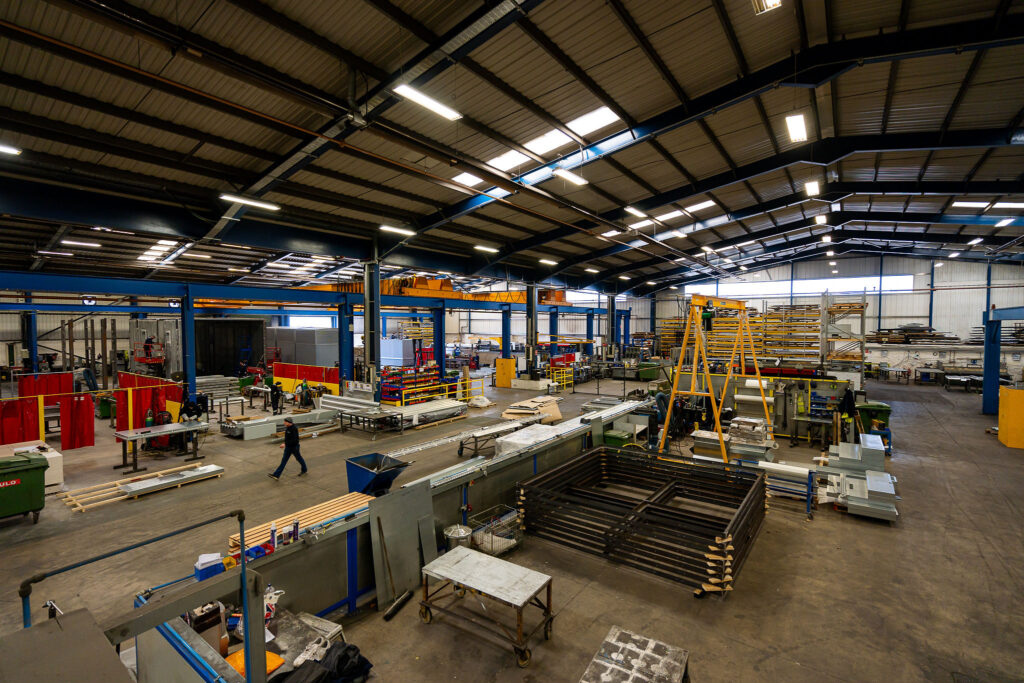
cecoenviro.com

22nd July 2021
By: Wakefield Acoustics – Industrial Noise Control Specialists | Last Updated: April 2023
The continued expansion of industrial, commercial and residential buildings in or around our towns and cities raises concerns about potential disruption from noise.
The potential negative impacts of such nuisance noise levels should not be underestimated. At the lower end of the dB scale, excessive noise emissions may be deemed as disruptive and unpleasant, however, they can also pose more serious health impacts for neighbours.
Such is the magnitude of the issue, that the World Health Organisation (WHO) has described noise pollution as an underestimated threat that can cause health problems including hearing loss, cardiovascular problems, cognitive impairment, stress and depression. In addition, the WHO states that “one in five Europeans is regularly exposed to sound levels at night that could significantly damage health”, it is clear this is a widespread issue.
Faced with a public less tolerant of noise, and against a backdrop of increasingly stringent environmental noise targets, noise reduction continues to be a key consideration in the design of our industrial, commercial and residential buildings.

Within the UK, noise from fixed plant items is assessed through the guidelines given in BS4142:2014 ‘Methods for rating and assessing industrial and commercial sound’. The standard is used to determine the likelihood of noise complaints from such systems and aims to quantify noise levels in relation to underlying background noise levels, during operational hours of the plant.
Whilst the British Standard is a very useful tool for determining the potential impact of noise sources, control measures for fixed plant items can sometimes be difficult to determine, especially where high levels of noise reduction are required.
Whilst full acoustic enclosures offer the best level of noise reduction, these can often be impractical in many applications given the need for high air movement for chillers, condensing units, air handling and power generation plant. Alternative solutions may include acoustic plant screens or acoustic louvres.
Trying to address noise issues retrospectively can be a particular concern where space and access for noise control implementation can be severely limited. Consideration of potential noise impact at an early stage of any project is crucial.
Wakefield Acoustics are specialists in the design, fabrication and installation of noise control measures for industrial and commercial.